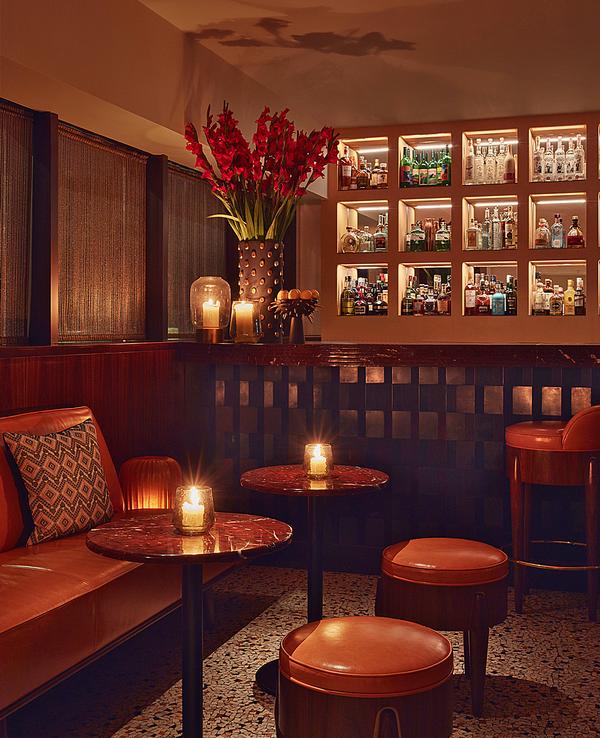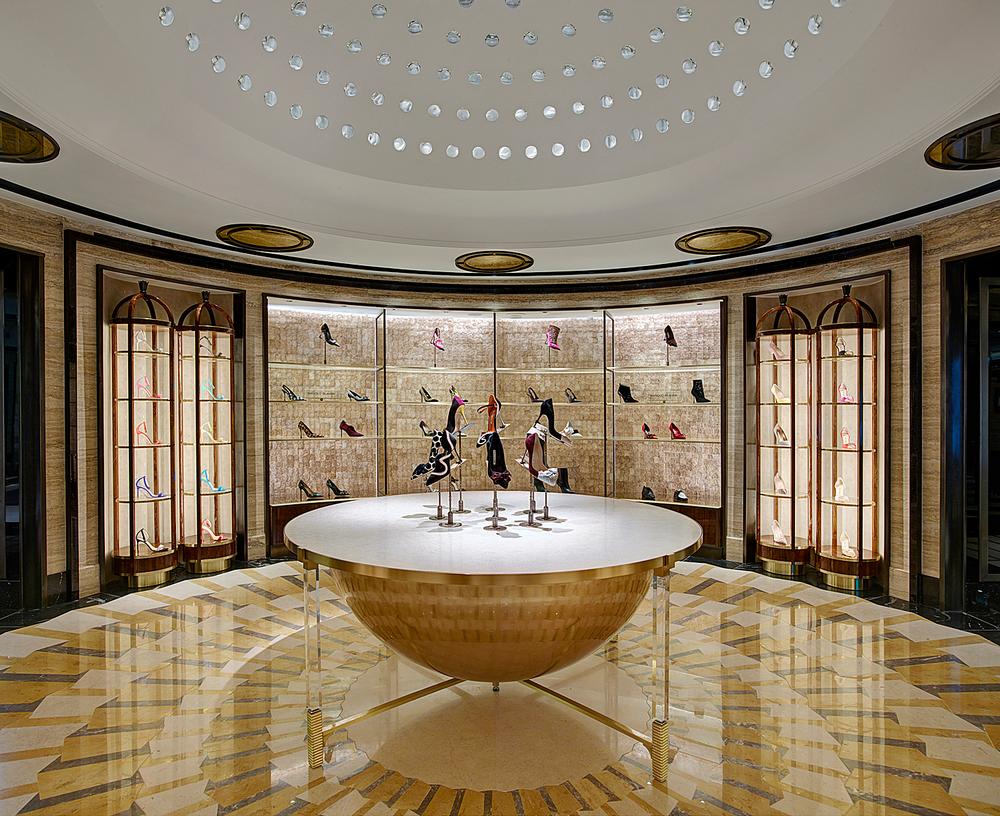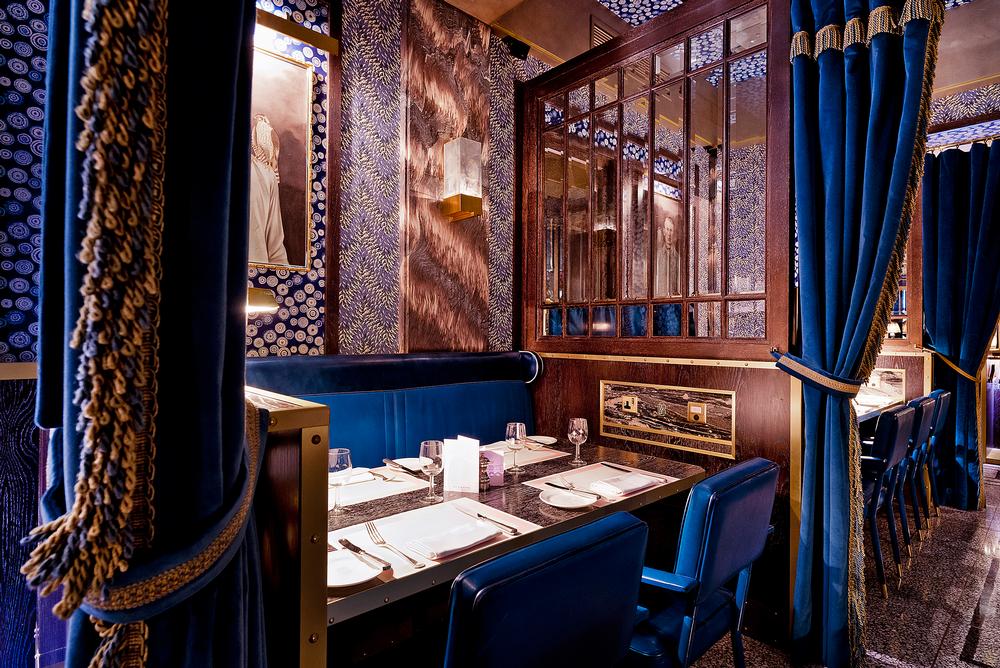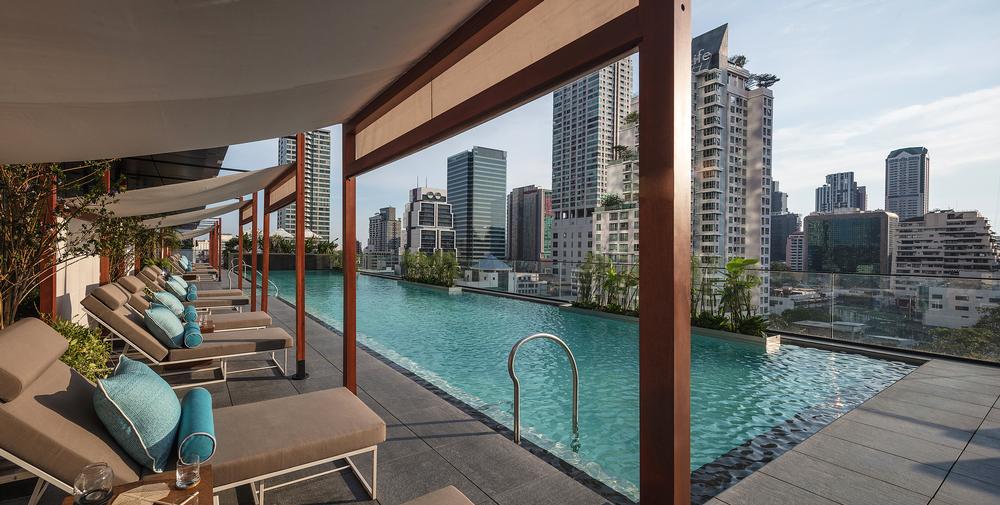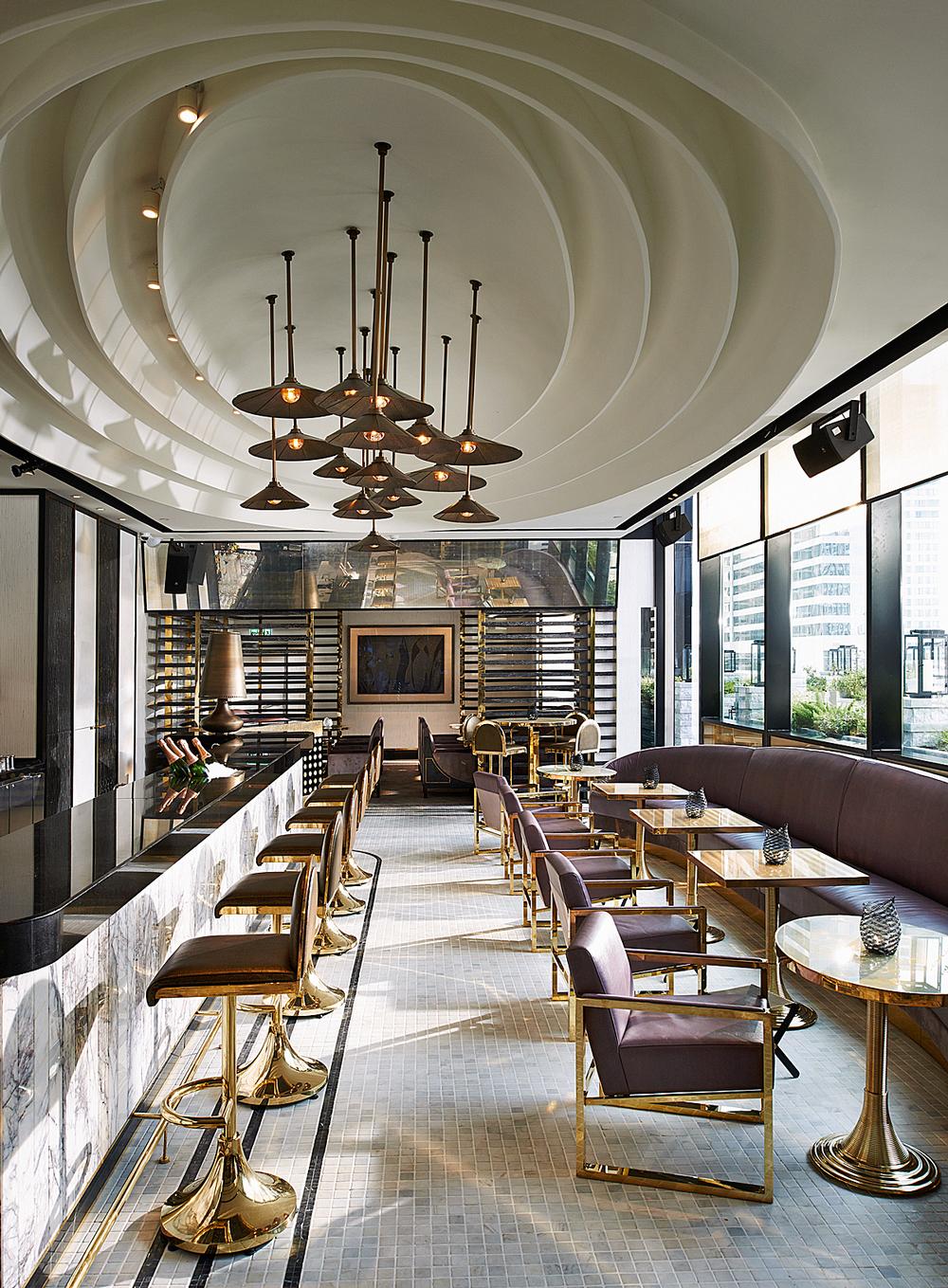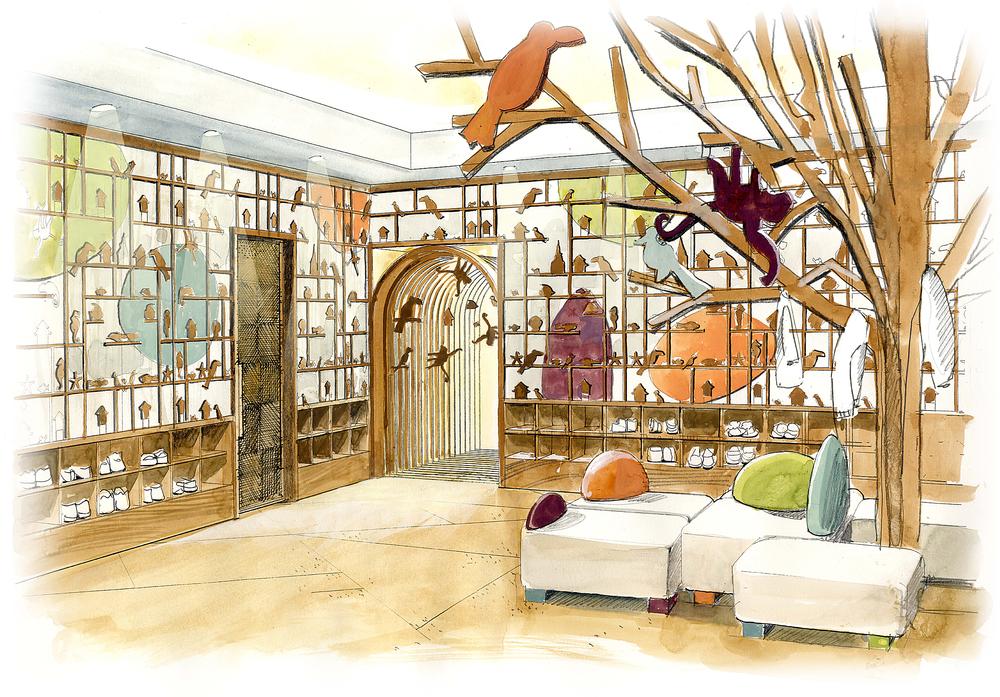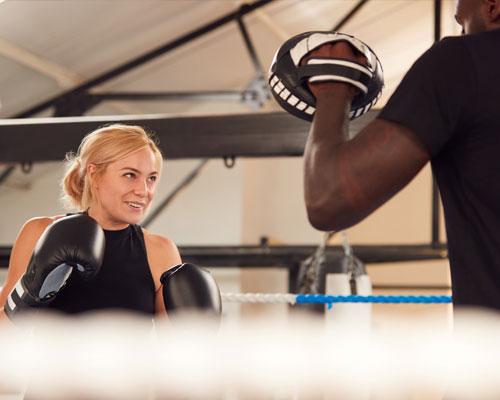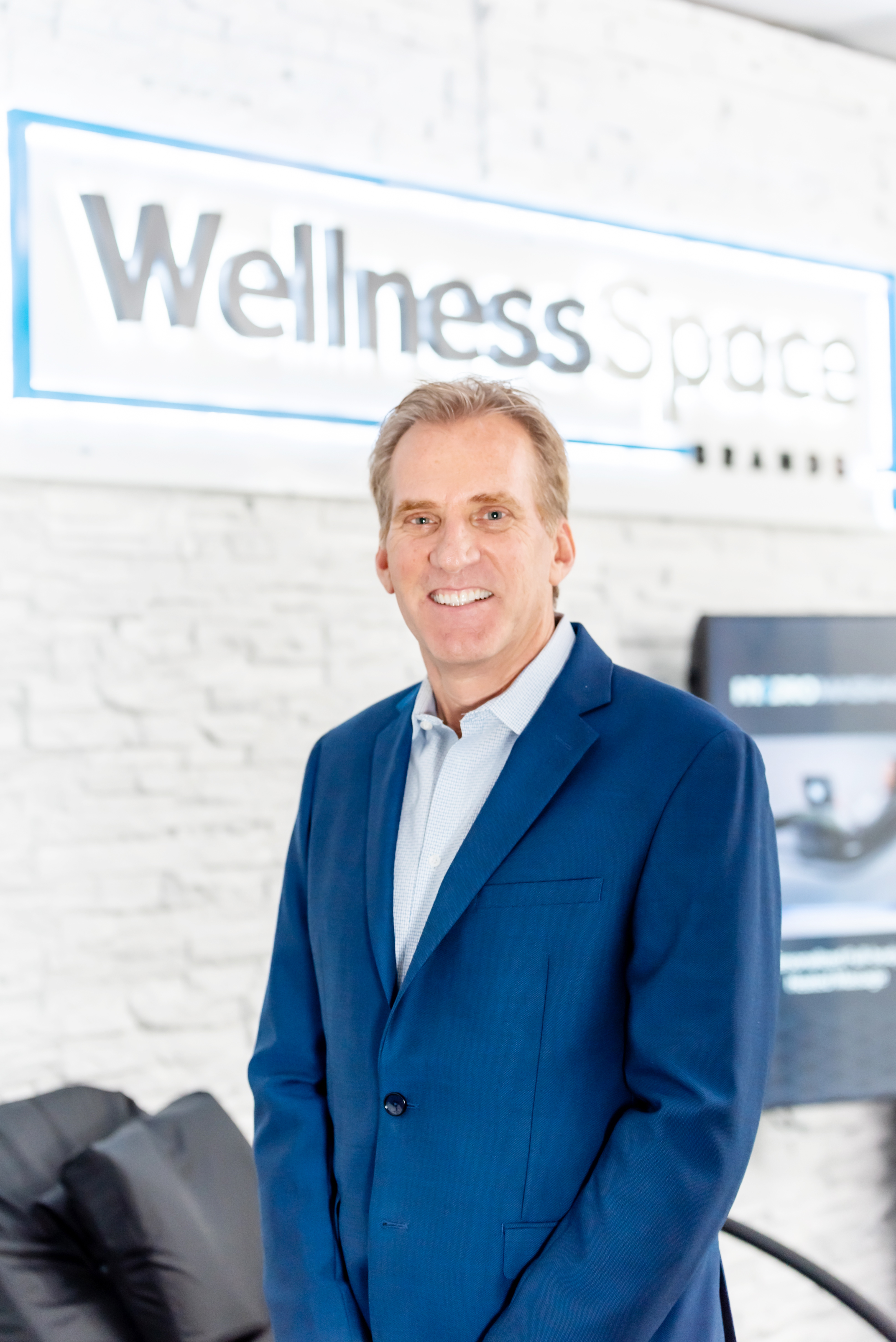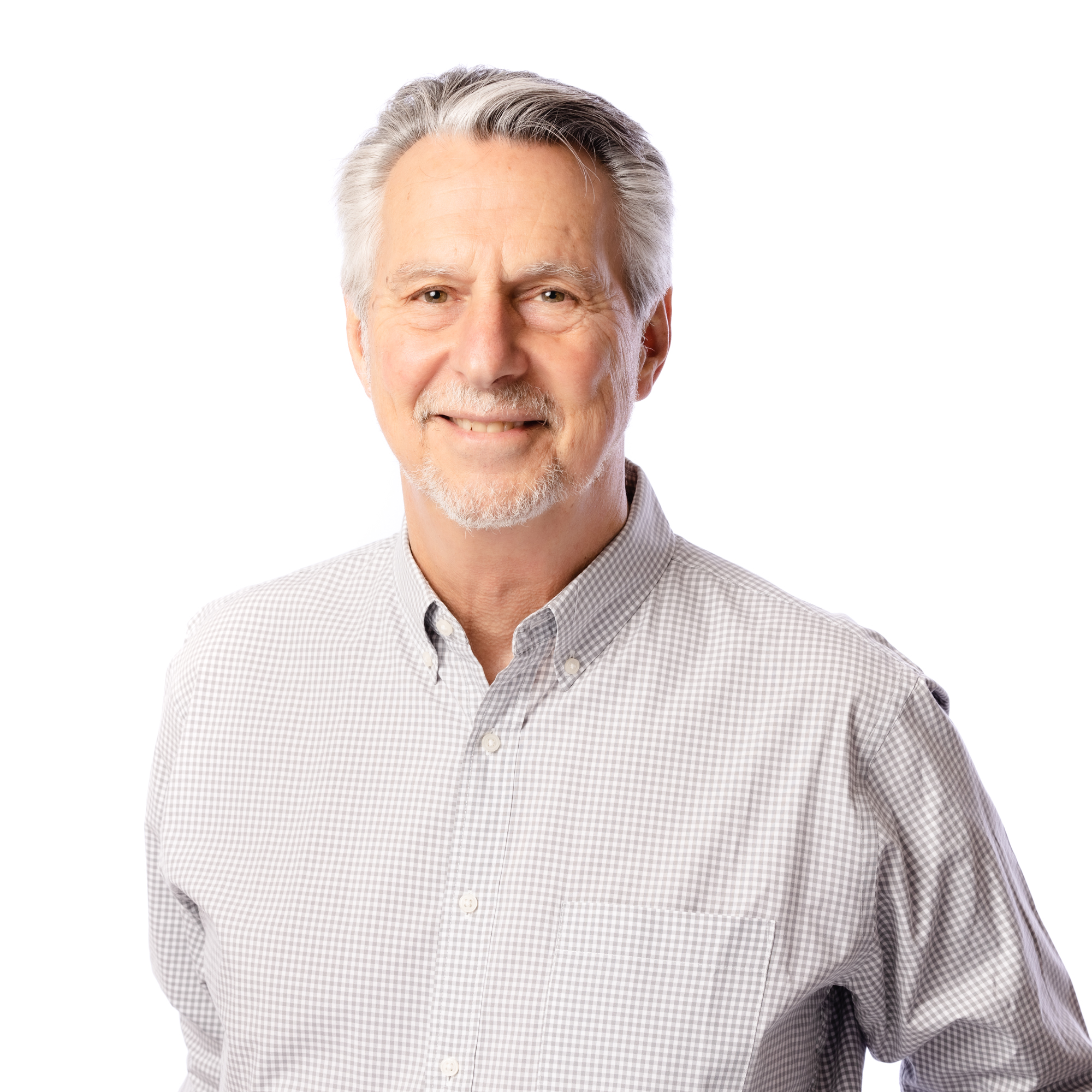features
David Collins Studio: The leadership team on legacy and the fun of collaboration
With ongoing collaborations with Ole Scheeren and Kengo Kuma and an increasingly international portfolio, the future for David Collins Studio looks bright. The leadership team talk to Kim Megson and Magali Robathan
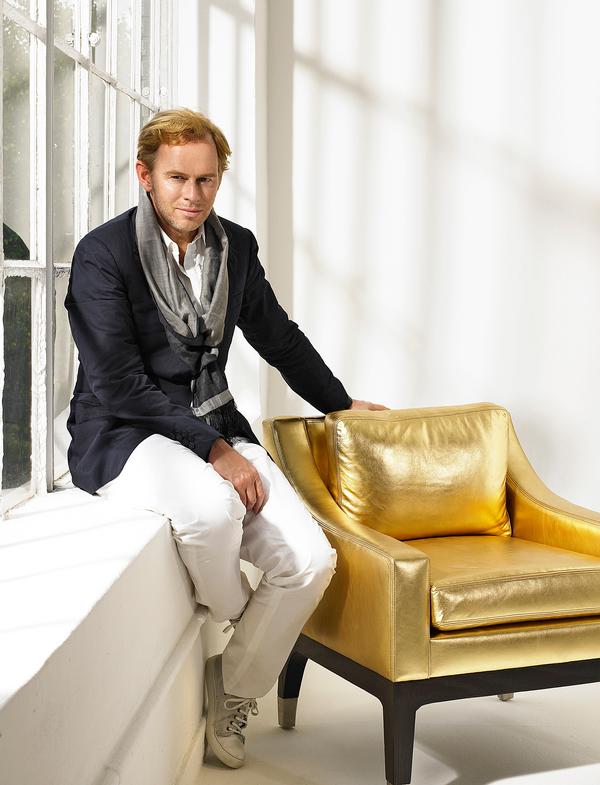
Since launching in London more than three decades ago, David Collins Studio has made a name for itself with its glamorous, contemporary interiors, designing many of the capital’s hottest destinations, including Claridge’s Bar, The Connaught Bar, Nobu Berkeley Street, Bob Bob Ricard and The Wolseley.
The past few years have seen the practice become increasingly international. Creating the interiors for the Ritz-Carlton Residences and leisure amenities at Ole Scheeren’s MahaNahkon mixed use tower in Bangkok – which opened last year – put the firm on the map in Asia, while John Barrett’s salon in Bergdorf Goodman and two hotels in NYC and West Hollywood have done the same in the US. Ongoing projects include the clubhouse at the Kengo Kuma-designed MahaSamutr resort and residential development in Hua Hin, Thailand, a major reconstruction of Melbourne’s Windsor Hotel; the Edition Skybar at MahaNahkon in Bangkok; and a range of high end residential projects around the world.
The story started when Dublin-born David Collins moved to London in the 1980s. Collins had trained to be an architect, but got into interior design when a friend asked him to decorate his flat. The results were spotted by chef Pierre Koffmann, who enlisted Collins to revamp his La Tante Claire restaurant. A commission from Marco Pierre White to renovate Harveys restaurant in Wandsworth, London followed in 1987, and the studio began to build a name for its luxurious interiors.
Collins was known for his decadent, glamorous style, his attention to detail and his love of the colour blue – seen most famously in the Blue Bar at the Berkeley Hotel in London’s Knightsbridge. Madonna was a friend and a fan; Collins advised on the decoration of her homes in London and New York, and she enlisted him to design a friend’s nightclub in Miami. Best known for its high end projects, the David Collins Studio has also created interiors for high street chains including Pret a Manger, Cafe Rouge and the Dome.
Collins died after a short battle with skin cancer in July 2013. In the midst of their shock and grief, there was never any doubt that the studio would continue, says CEO Iain Watson, who founded the practice with Collins. “It was a such a big part of our lives,” he explains. “You have to be the continuity; to focus on and deliver the next project. It’s really about just getting on with it.”
Today, the David Collins Studio is led by CEO Iain Watson, creative director Simon Rawlings, design director Lewis Taylor, COO David Goodman, and marcom director David Kendall.
Here the team talk through their work.
David Collins Studio launched more than 30 years ago. What are the biggest changes since then?
IW: We’ve always worked across three key sectors: retail, residential and hospitality. Increasingly, we’re fusing these sectors. I always think the best creative ideas come from the boundary between different sectors. That’s where you get those creative sparks.
Which projects have been particularly significant for the practice?
IW: Designing the salon for John Barrett at Bergdorf Goodman put us on the map in the US, and the MahaNakhon project in Bangkok did a similar thing for us in Asia Those kind of projects create a shift in the business. Forty per cent of our business is now in Asia and the US.
LT: Claridge’s Bar was a very important project for us. There wasn’t a hotel bar culture in London until that came along. Today some of the best-loved bars in the world are in hotels.
What role does emotion play in your work?
SR: With any project, the first thing we think about is the feeling we want to create. We obsess over that more than anything else. How do we want people to feel? Do we want them to slow down, to feel at ease, or do we want them to feel uplifted and energised? Our design concept for Pret a Manger is a good example. We created fast-paced, medium-paced and slower-paced areas, using different materials and lighting.
LT: The faster paced areas are where the fridges are, where we want people to move through quickly, so there’s quite harsh lighting and a lot of activity. Elsewhere, we slowed the pace down with warming lighting and materials. The lighting also changes throughout the day, so it’s brighter in the morning when customers need that energy. Pret a Manger wanted to extend their offer into the evenings, when the lighting becomes softer.
How do you encourage your staff to share ideas?
SR: We have Friday morning workshops, when everyone sits down and updates one another with the latest on the projects we’re working on.
We also have visitors coming in regularly to talk to staff; these include artists, suppliers and experts in various fields – we recently had someone come into the office to talk about wellness and meditation.
LT: The staff organise a programme called Off Grid. Every couple of weeks there’s a different activity – it could be a visit to a new gallery or a new exhibition. We’ve done ice skating, trapeze, sketching and terrarium-making workshops.
IW: Recently, we took the staff on ‘safari’ in London, visiting different destinations that we thought might be inspiring. That was useful and it’s something we’ll do again. It was interesting to look at these destinations together and work out what makes them unique.
LT: There’s also a personal development fund. Every member of staff is given money each year to do something to develop themselves and their interests.
Do most of your projects come in from direct commissions or competitions?
SR: A bit of both really. A lot of people come to us because they love what we do and they like the fact we’re very collaborative.
We don’t particularly have a house style, and that’s very appealing to some people.
We’re good at interpreting briefs and working with people to create something that feels special and luxurious without it necessarily having our stamp on it.
Following the death of David Collins in 2013, how did you reach the decision to continue as a practice?
IW: It wasn’t necessarily a conscious decision. I’ve been here since the beginning, Simon has been working for the practice for 20 years, Lewis has been here for 11. The studio is such a big part of our lives, that it just continued, albeit through a very challenging period.
How did you get through that time?
IW: People naturally gave us a three-month window, in terms of respect and understanding.
After that it was about continuity. You have to be the continuity; to focus on and deliver the next project. We can talk about continuing, we can send out press releases, but that’s not enough. It’s really about just getting on with it.
What do you see as David Collins’ legacy?
IW: David was an architect by training, so he had that technical knowledge and a natural hunger for materials and new techniques.
His legacy can also be seen in the fact that we’re confident in our use of colour, probably more so than some of our contemporaries. I think we use colour in a very refined way.
David’s life was a symphony in blue. He did have a lavender period and an eau de nil and pistachio period as well, but blue was his favourite colour. It made him feel comfortable, relaxed and inspired.
Also we try to follow his legacy of not always going for the easy option; that’s something I learned from him.
You have worked with some very big name architects. How do you find that process?
LT: Brilliant. The main challenge is co-ordinating time to speak more than anything. But actually, the more important they are as an individual, the fewer people they often have around them. So you’re just dealing with them and their decisions. And the bigger names are usually very clear about their direction and what they’re trying to achieve.
You’re responsible for the interiors of the Ole Scheeren-designed MahaNakhon tower in Bangkok. How did that project evolve?
SR: At the first meeting, the tower was still just a scribble on a piece of paper. We had to spend quite a bit of time understanding the building.
For us it was about really understanding the programming, who was going to use it and what the market was like in Thailand.
Before work had even begun on the tower, we built three different test apartments. That really made the process easier. It enabled us to test the water, find the right suppliers, take risks and make mistakes on a smaller scale.
SR: There are 200 apartments in the tower and around 150 different room types, so it was a very complicated project, and quite a challenge from a marketing point of view.
Tell us about the public amenities
SR: We have a pool, a spa with sauna and steam room, a full gym, a yoga room, a kids’ room, a cinema, an adult games room, four lounges, outdoor lounges, sunbathing terrace, bar, dining area, club lounge, guest kitchen, meeting rooms, a TV room and cards room.
Are there any unifying design motifs or ideas that run through the project?
SR: We wanted to use Thai materials and create a real sense of being in Thailand. That was very important. It was about marrying our style with all the surrounding buildings, and that mix of very contemporary architecture and more classical materials.
What’s the most innovative thing about that project?
SR: For me it was the way in which the owner approached it. He started with a miniature version of the building, which was the sales gallery, and then he brought in a Dean & DeLuca café, to get local residents excited about it. Then he turned this into a cube-shaped building, where he put some of the most amazing restaurants in Bangkok.
Rather than just waiting until the building was finished to unveil it to the public, he gradually introduced various elements that told a lot of different stories as the building took shape. And those stories are still being told, because the hotel is next [the Bangkok Edition, a collaboration between Marriott International and Ian Schrager], followed by the Sky Observation Deck and Bar, opening on the top floor of the tower. These are both due to open later this year.
You’re responsible for the country club within Kengo Kuma’s MahaSamutr resort in Hua Hin, Thailand. How did this come about?
SR: It’s a very interesting project. The owner decided he wanted to build a residential development based around a man-made lagoon. We’re creating the clubhouse for the development. It’s a facility for the residents but also a members’ club for people in the town, who can use the facilities, which include a spa, a cookery school, professional sporting facilities, a 50m pool, a cinema, two restaurants, an area for teenagers, indoor play areas for smaller children and a sports bar. It’s pretty extensive.
SR: It’s a lovely project. I was there recently and the building housing the clubhouse is spectacular. It’s huge and multi-levelled, and features these incredible ceiling structures that Kengo Kuma created. I like the idea that you can get up in the morning, go out onto your terrace, a little boat will pick you up and take you across to the clubhouse. You can have a bit of breakfast, maybe sail home. How lovely.
What innovations are you seeing emerging in the hotel design area?
SR: Le Meridien Seoul, which we recently completed in South Korea, was a very interesting project. The client had an amazing artwork collection, which he wanted to use to drive more customers through the hotel. We initially consolidated his artwork into the colonnade in the entrance, to make more of a focus of it; he then decided to build a small extension to the ground floor of the hotel and create a contemporary art gallery.
LT: He had a very successful hotel, but he knew that he needed to invest in it to keep it successful for longer. I don’t think they have the same hotel bar culture as us over there, so bringing the gallery in and having a lower price F&B facility offers something else. I think it’s really going to increase the spend there.
Where do your ideas and inspirations come from?
SR: It’s very random. It could be an object, or a fashion show. It might be a texture or a technique. I remember finding metalwork in Argentina with this amazing alloy of different metals that was all wrinkly. We built a whole restaurant around it.
IW: Paris was always a huge inspiration to us in the early days of the studio.
We used to have a small office in the Le Marais area in the early 1990s.
SR: More often than not the vision gets pieced together with the team.
We work in a very collaborative way, which means you get a collective vision. That makes the finished project feel timeless and eclectic, rather than being a one dimensional concept.
The only time I’ve ever done a conceptual interior would be Nobu where we said, ‘Let’s not have any straight walls in this restaurant and make it all very organic’. We never did that again!
SR: I remember trying to find this very specific filament bulb for the Wolseley that we’d seen. We finally tracked them down in Germany at some kind of train supplier, as they used to use them on the railway lines. It’s those kinds of things which you obsess over.
It must be a nice moment, when you actually find the thing you’ve been dreaming of
SR: It is, but those moments are gone. Now you just type what you want into Google and you can find anything. Before, part of the skill of being an interior designer was the ability to track things down and know where to go to get them made. Now anyone can find anything, our skill lies in the strength of the vision, the concept and the ability to put it together and curate the things that we find.
How is technology changing the way you work?
SR: In some ways, technology is almost destroying our industry. It makes it look so easy from the outside to change and update interiors, when in reality it still takes a lot of time. It’s made clients much more demanding, more exacting, this whole, ‘I want to see 14 CGIs of the same cup at different times of the day’. It’s actually increased the workload. It started off as a tool to make things much easier, and it’s had the opposite effect
What are your pet hates?
IW: Anything that doesn’t operate well. All of our products have to operate exquisitely; that’s what gives our projects longevity. The team really sweat over that.
LT: It’s true, people don’t really see that side; the patience required to make sure everything works properly, the weeks we spend on plans. Those things get taken for granted.
What other challenges are you facing?
IW: The pace of change is so fast now. We’re seeing developers and potential clients putting less of a return period on their investments, so wanting to invest less in good design. Design has become so easy to knock off visually. You don’t get the same overall effect, but there’s always somebody who wants to enter a price war or a quality war, somebody who can do it quicker or for half the price.
What we do is work with people who want to invest the right amount of time, money, thought and care into a project. We didn’t do many London restaurants for a short while, because there was a trend of no design, and that’s not what we do. So we’ve always said we’ll stay true to what we can do, and that’s where we can bring value to a project.
What kind of project would you like to do that you haven’t done yet?
SR: We’ve done a theatre, we’ve done an aeroplane, we’ve done a boat. A car would be cool. A gallery would be amazing.
I’d like to do a building – to design a house from the perspective of an interior designer. Usually, an architect designs a house and you get the inside, but it would be an interesting thing to design a house from the inside out.
THE MANAGEMENT TEAM
Iain Watson
Founder and CEO
Iain is a founding member of David Collins Studio, who together with David Collins imagined a studio founded on the principles of collaboration and creativity. In his position as CEO, he has been involved with every element of the Studio’s history and operations over the last 30 years and is its ultimate brand guardian, bringing together the creative and commercial elements of the company.
Simon Rawlings
Creative director
Simon is the creative director of David Collins Studio, a position he has held since 2007, and is ultimately responsible for the overall creative output of the Studio. Prior to his current role, Simon led the hospitality and retail teams.
Lewis Taylor
Design director
Lewis leads the commercial design team, having joined the Studio in 2006 following his master’s degree from the Royal College of Art in Design Products. In his role as design director, Lewis has led the design and delivery of the Alexander McQueen and Jimmy Choo worldwide store roll outs, and has delivered projects for Harrods, David Morris, McQueen, Louis Leeman and De Grisogono
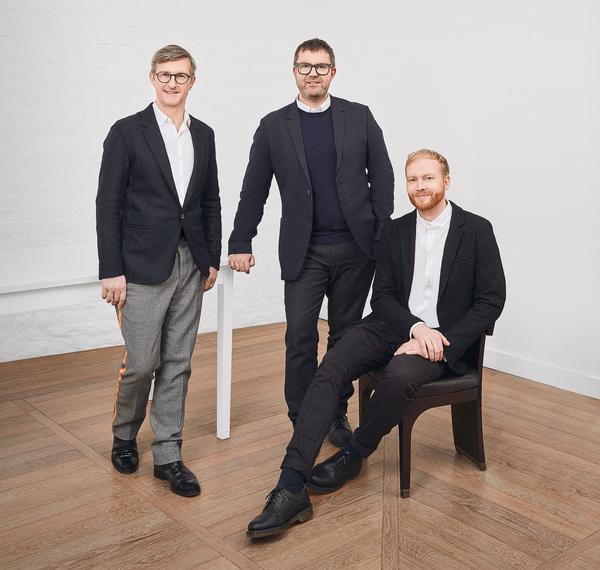
DCS’ favourite suppliers
• Solomon and Wu
• Promemoria
• Kathy Dalwood
• Decca
• Pukhaber Antiques
• Nature Squared
• Dedar
• Fameed Khalique
• Baker Furniture
• Veedom Fleece
DCS – RECENT PROJECTS
Le Meridien Seoul
Seoul, South Korea
David Collins Studio were appointed to oversee the interiors for all of the public spaces and 337 guest rooms and suites at the first Le Meridien property in Korea. These include a six room Presidential Suite, five food and beverage locations, a gym, pool, fitness centre, private members’ club, banqueting suites and ballrooms. According to the studio, ‘Le Meridien Seoul blends Parisian opulence with strong mid-century references.’
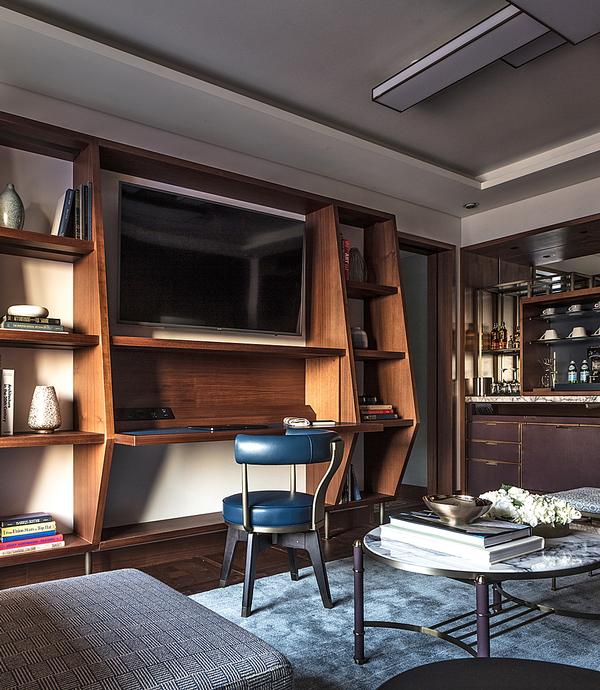
Adare Manor Ireland
Limerick, Ireland
Launched in May 2018, The Carriage House is a 1,000 sq ft one-storey building housing a bar, fine dining restaurant, lounge and private dining room, as well as a glazed terrace and outdoor cigar lounge. The building is part of the newly refurbished Adare Manor in Limerick, Ireland, a five-star hotel and 840-acre country estate, which is home to a championship golf course. During the day, The Carriage House is used primarily by golfers. At night, it transforms into a dining and bar destination for local clientele and hotel guests. The Studio have also created the interiors for the Tack Bar and Cellar Bar located within the original Manor.
Ritz-Carlton Residences, MahaNakhon Tower
Bangkok, Thailand
Opened in August 2017, the Ritz-Carlton Residences form part of the iconic MahaNakhon building, a mixed-use development that includes a high-end boutique hotel, retail space and an outdoor public plaza.
Designed by Ole Scheeren, the MahaNakhon Tower is located in the heart of Bangkok’s central business district connecting Silom and Sathorn Roads with a direct link to Chongnonsi BTS. The Studio was appointed to design the public spaces and leisure facilities for The Ritz-Carlton Residences, Bangkok – including lobby, guest lounges, private members club fitness and wellness areas – as well as the design for 200 private apartments. David Collins Studio says: ‘The concept is natural, crafted and layered, reflecting the precision of the building’s architecture as well as the homeowners’ appreciation for sophisticated interior concepts.’
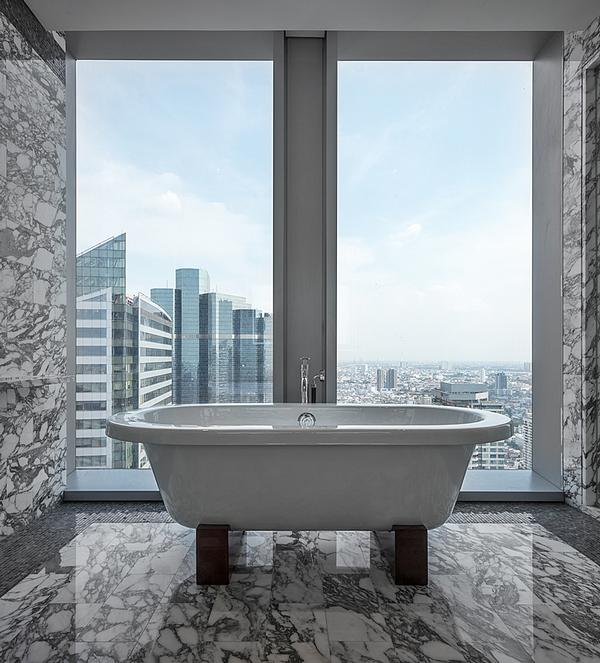
Ella Canta
London, UK
Created in collaboration with renowned Mexican chef Martha Ortiz, Ella Canta sees subtle Mid-Century references from the great Mexican modernists, artists and designers paired with bold contemporary artwork. Strong shapes, soft colours, and clean lines celebrate the architecture of Ricardo Legorreta, ceramics of Gustavo Perez and textures of Ernesto Alva. The 410-square metre restaurant subtly evolves with palettes that gradient throughout three dining rooms. Blush pink, sun-bleached red, blue and tan are each uniquely inspired by the architecture and landscapes of Oaxaca.
